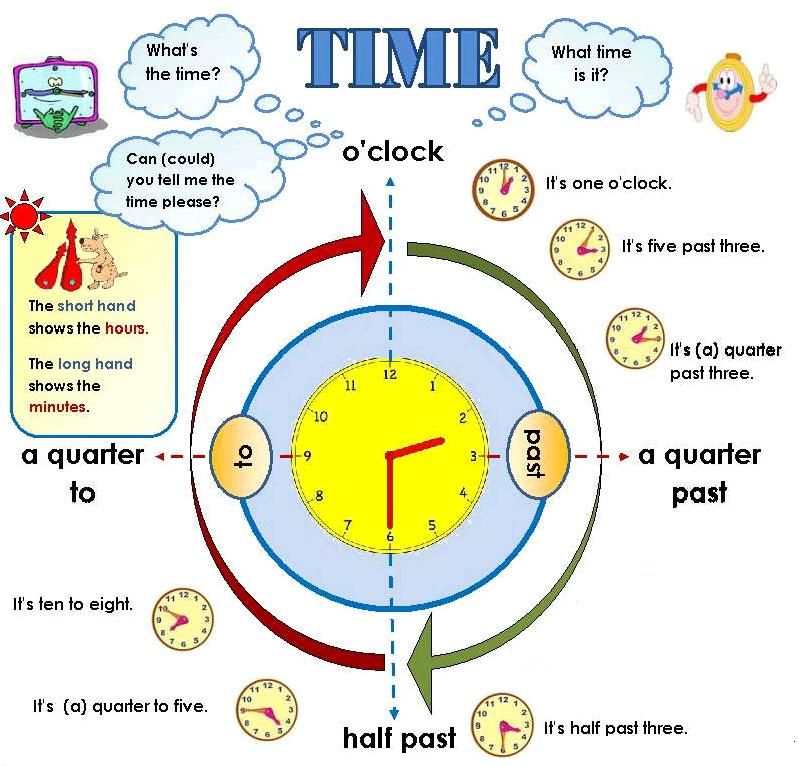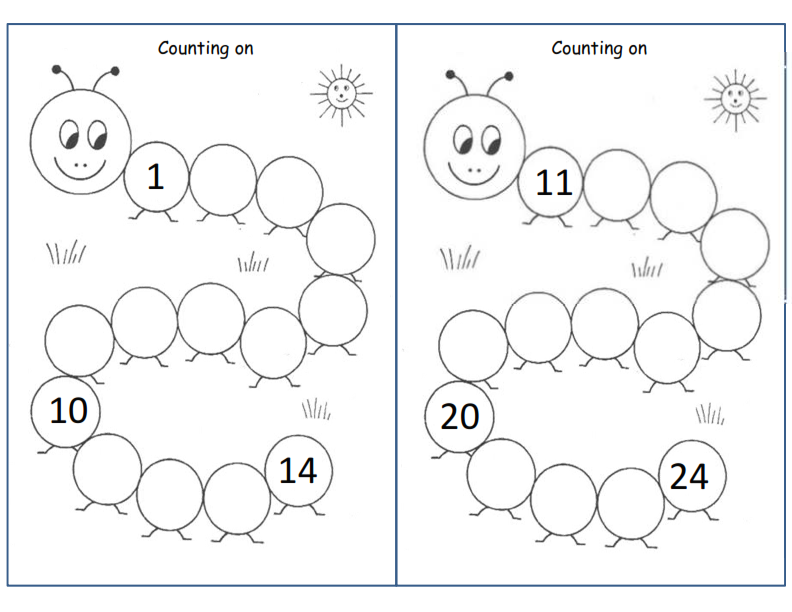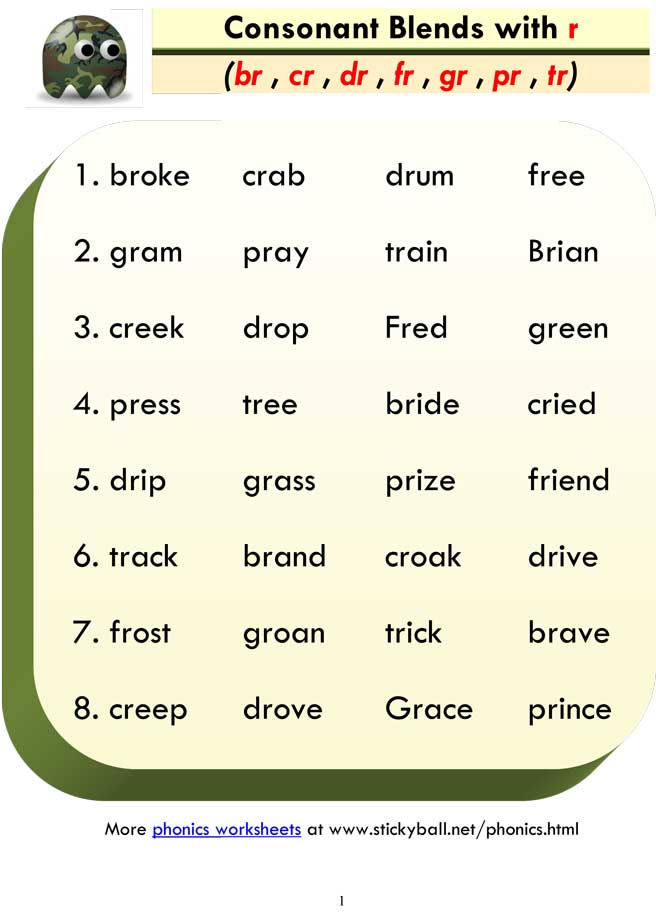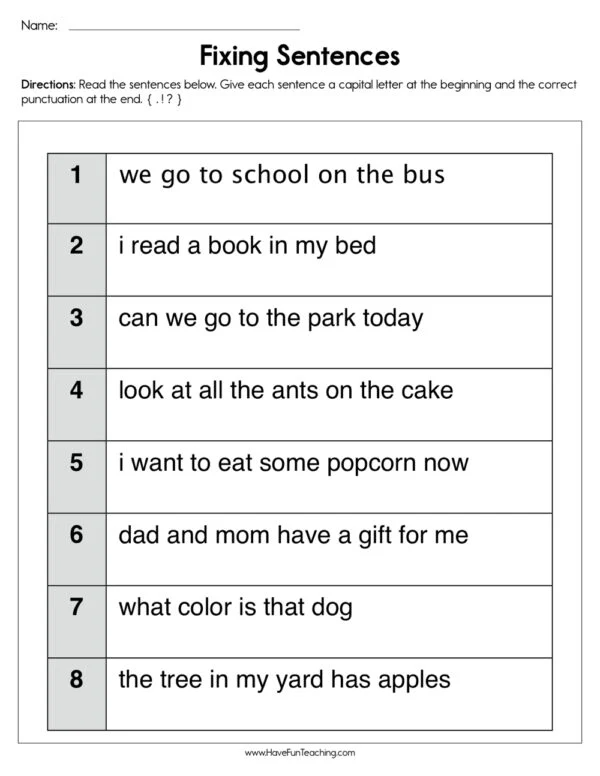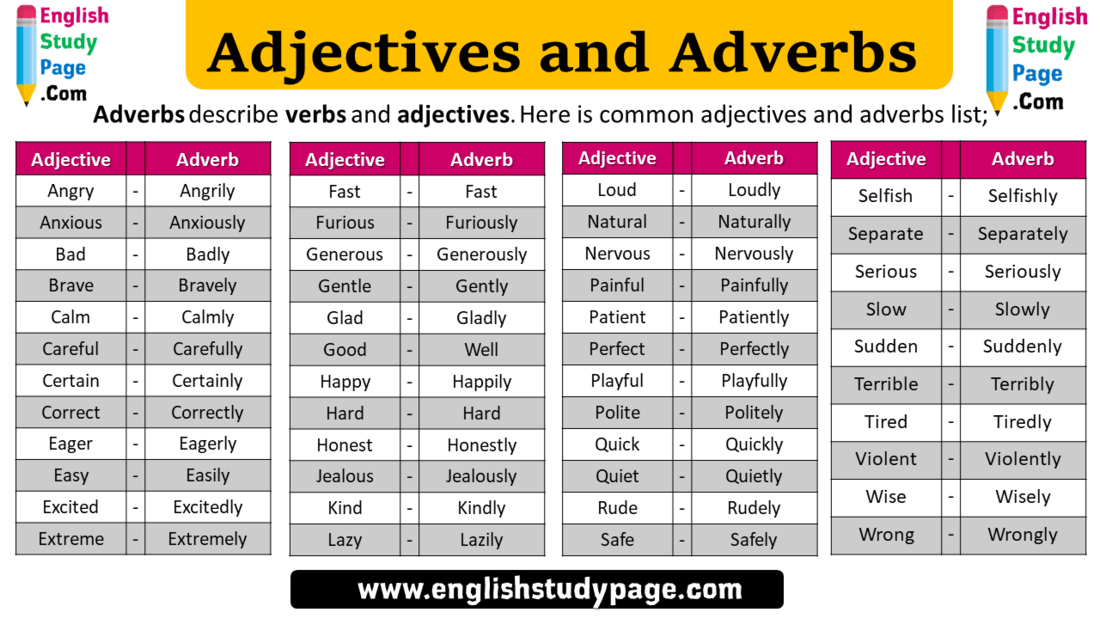Learn read time
How to tell the time
Why do children find it difficult to learn to tell the time?
It’s a fact that lots of children struggle to learn to tell the time on analogue clocks, sadly some never do. To find a way to help these students we had to intensely study children in the learning environment to truly understand the problem.
Watch our videos to learn:
How to tell the time in 3 simple steps
How to tell the time in 2 simple steps (24 hour)
For an adult, reading a clock is a really simple process:
-
Step 1:
With the “past & to” method, we look at the minute hand and assess the minute number value.
-
Step 2:
We judge whether it’s minutes past or minutes to.
-
Step 3:
We look at the hour hand and judge the hour value.
These 3 steps are the key to reading the time.
With the EasyRead clock children can instantly follow those 3 steps and read the time. They’re easy for a child to understand and learn:
- Read the number at the end of the long hand
- Say which side it’s pointing to (past or to)
- Read the number at the end of the short hand
For example, say it like this: “8, “minutes to”, “2”.
It really is that simple!
Perhaps, like many of us, you tell the time another way, as if you're reading a digital clock:
With an EasyRead clock that has a 12/24 hour face, children can instantly follow these 2 steps and read the time:
- Read the number at the end of the short hand,
- Read the number at the end of the long hand.
For example, say it like this: “One”, “fifty two”.
It really is that simple!
FREE DOWNLOAD Download and start learning today, FREE!
Make your own paper EasyRead Time Teacher clock
We've made learning to tell the time easy for 20 years
EasyRead Time Teacher invented the 3-step teaching system in 1992.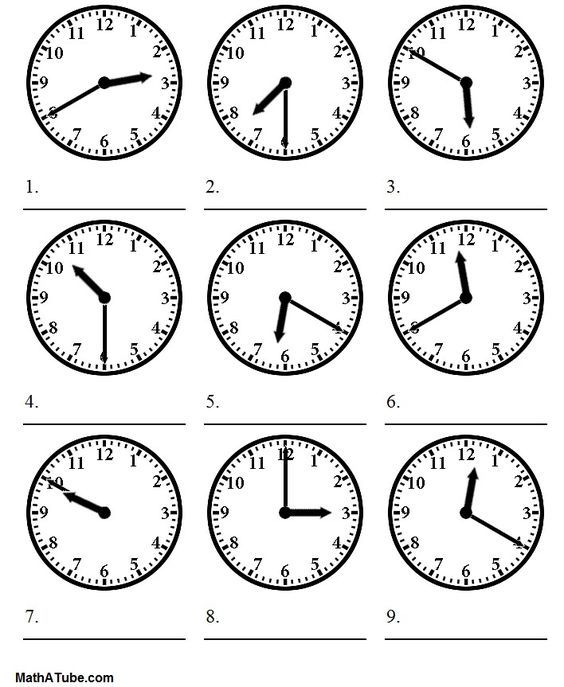 It is the simplest and most effective time teaching system for children. It is protected by copyright and by design registrations.
It is the simplest and most effective time teaching system for children. It is protected by copyright and by design registrations.
ClocksWatches
Where do Children fall behind in learning
Working with various children over a period of time we identified 2 significant elements that cause children problems.
- In general, regular clocks and watches only display the hour numbers and some markings to indicate minutes. This is only about 20% of the information we need to know, 80% of the information we need is missing from the clock face.
- The hands can be ambiguous, they’re often nearly the same length and not pointing specifically to either the hours or the minutes. Most of the time they’re in between numbers anyway, so it’s very difficult to know which number to read.
This is very confusing for a child and it makes it hard for them to learn to tell the time.
From our customers.
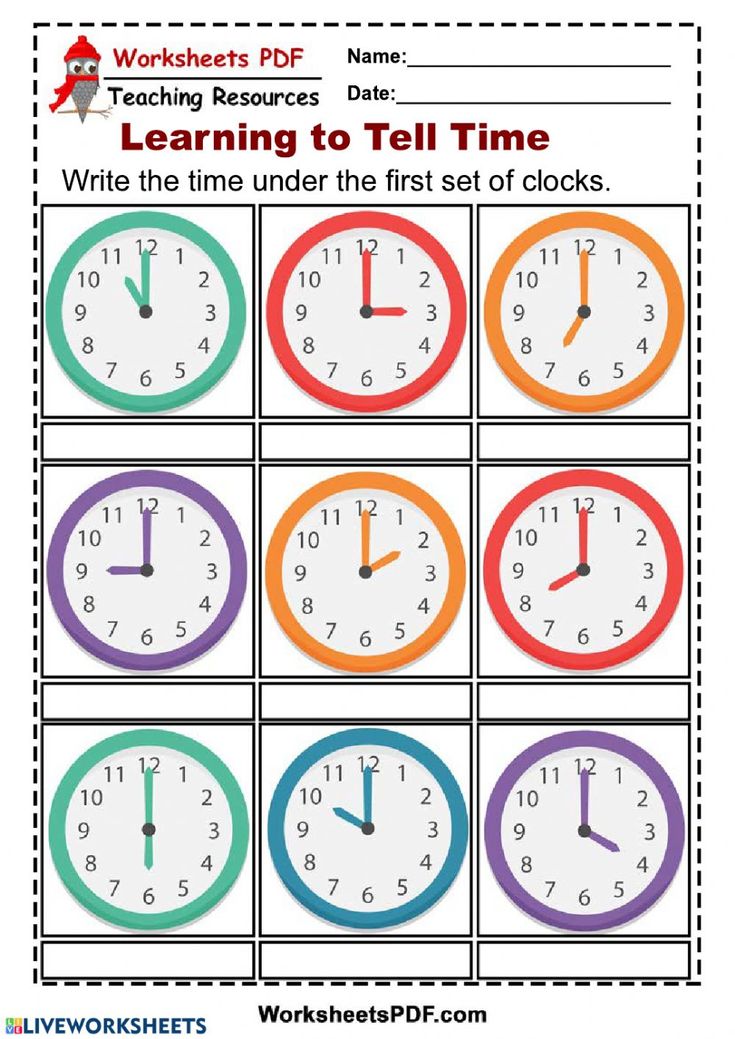 .
."Great! I bought the watch for my son because he had problems reading the time. Within two days of him telling me the time every 3 minutes, he could read almost perfectly all the clocks, even if there were no numbers on the dial."
"Bought for my nearly 7yr old for Christmas, she loved it straight away picked up how to read it. I'm now getting constant telling of the time. Would definitely recommend."
"A must have if you’re trying to help teach your child to learn to tell the time. Lovely and comfortable watch. My child loves it and it has made my life a lot easier to teach and explain in telling the time."
About our design and why it works..
We designed a clock face that carries all the information we need to tell the time; but this still didn’t provide a sure-fire solution. We needed to help the child know which numbers to read at any point in time.
We realised that if we enclosed every number on the face in an individual box we could tailor the length of the hands so that the tips clearly indicated specific numbers .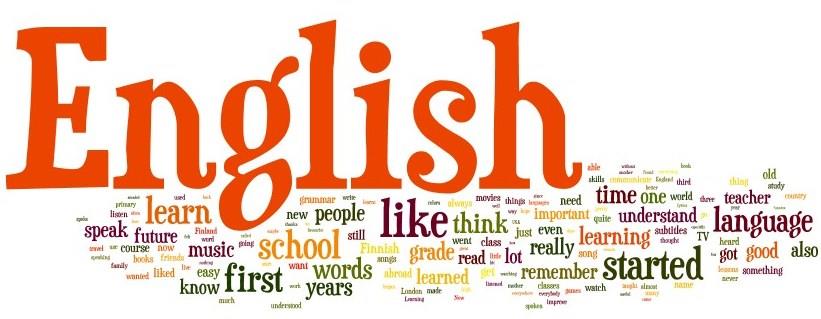 Now we have a clock that shows all the information we need and hands that tell us exactly which numbers to read.
Now we have a clock that shows all the information we need and hands that tell us exactly which numbers to read.
This completely removes the mystery surrounding analogue clocks and watches.
Students no longer need to memorise all the missing information before they can tell the time, they simply need to read the numbers that the hands tells them, in the right order.
Find out more.
Proven by parents & children in 20+ countries worldwide
Give the gift of time today
Our Products
How To Tell Time | Read An Analog Clock (Video)
Written by
Malcolm McKinsey
Fact-checked by
Paul Mazzola
How to tell time on a clock
To tell time on an analog clock, you look at where the hands are pointing.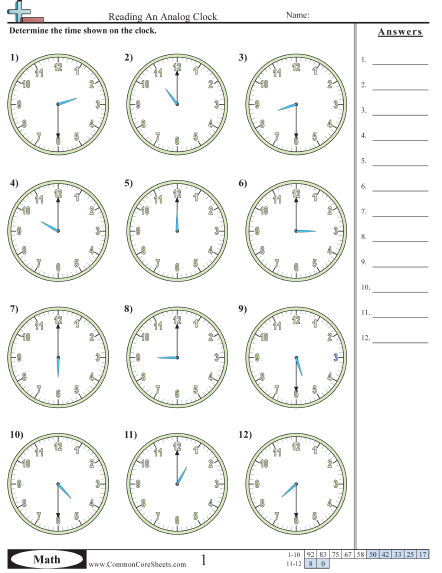 The short or small hand tells you the hour, the long or big hand tells you the minute of the current hour, and the thinnest hand indicates the seconds of the current minute.
The short or small hand tells you the hour, the long or big hand tells you the minute of the current hour, and the thinnest hand indicates the seconds of the current minute.
Reading clocks is an important life skill since you see analog clocks and watches in your classroom, on people’s wrists, and in many public places. You never know when you will be without a digital watch or digital clock you have on your cell phone.
What is an analog clock?
An analog clock is a timekeeping device with numbers around the edge with hands that rotate around to indicate the time. We use clocks to see the elapsed time.
What is an analog clockAnything that moves constantly is an analog, so the big round clock in your classroom with three sticks spinning around is called an analog clock.
When a typical analog clock shows the time is 8:22 and 55 seconds, it could mean 8:22 a.m. or 8:22 p.m. You cannot tell from an analog clock if the time is morning (a. m.) or afternoon (p.m.).
m.) or afternoon (p.m.).
Most analog clocks will have three sticks mounted in the center that spin around the clock to tell you the time. These are called clock hands. These three hands are for the hours, minutes, and seconds.
Hour hand
The little hand is the hour hand. The hour hand tells you what hour it is. When the hour hand is between two numbers, it tells you we are between those two hours. The short hand or hour hand makes one full rotation around the dial in 12 hours.
Analog clock hour handMinute hand
The longer hand on the clock is called the minute hand. The long hand or minute hand moves around the circular dial one time in one hour.
Second hand
The very thin hand that is usually just as long as the minute hand is the second hand. It moves one time around the dial in one minute and indicates the seconds of each minute.
Analog clock dial
The hands of a clock are rotating around what we call the dial or clock face.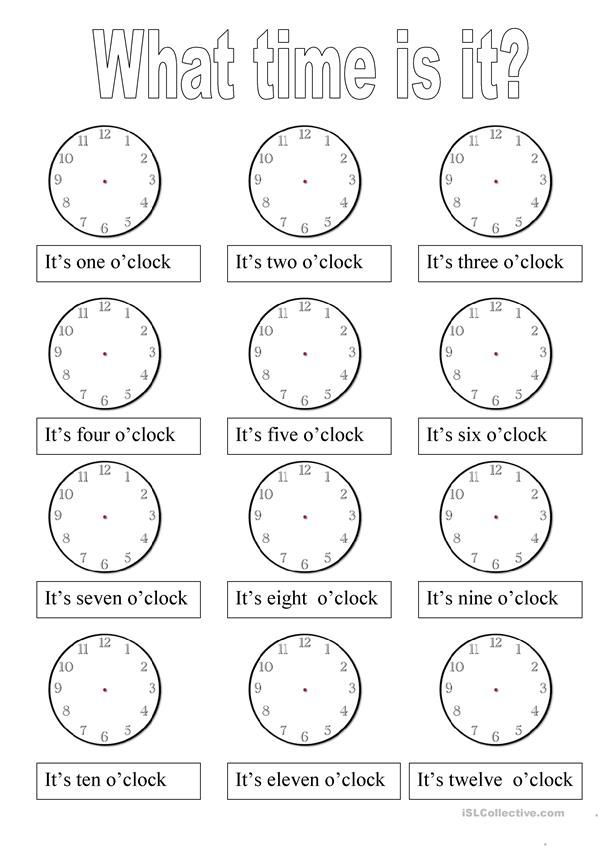 Usually, the dial is marked with the numbers 1 through 12, with 12 at the top, 6 at the bottom, 9 on the far left, and 3 on the far right. The other numbers are in between those numbers.
Usually, the dial is marked with the numbers 1 through 12, with 12 at the top, 6 at the bottom, 9 on the far left, and 3 on the far right. The other numbers are in between those numbers.
All those numbered positions are the hour markers. Between the hour markers are four small marks, which each indicate one minute. Those same marks also indicate seconds.
On some clocks or watches, the Arabic numbers might be replaced with roman numerals, but reading the clock works the same.
How to read an analog clock
An analog clock is confusing because it has three layers, all stacked onto the dial.
One layer is the hours, which are the numbers only. The other two layers are the minutes and seconds – all the numbered positions and all the small marks in between.
To read an analog clock, begin with the hours. Look at the shortest hand only; this is the hour hand.
The hour hand will point directly at a number only 12 times in 12 hours.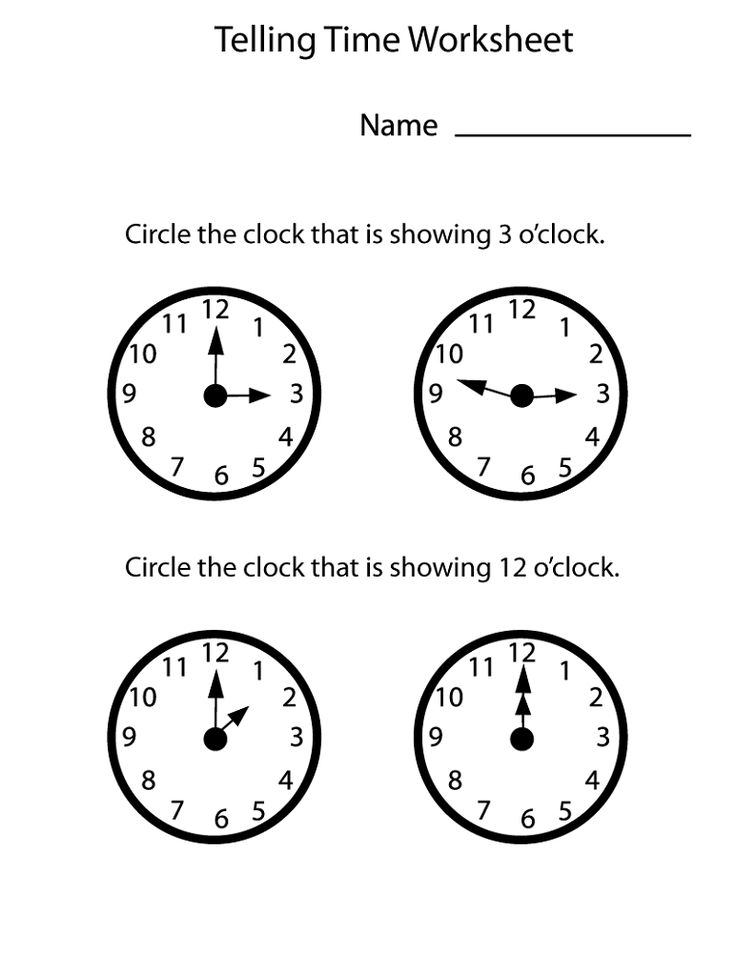 Most of the time, you will see it pointing between two numbers.
Most of the time, you will see it pointing between two numbers.
When the hour hand is pointed directly at a clock number, you know it is exactly that hour. When the hour hand is in between two hours, the number behind the hand is the current hour.
How to read an analog clock hour handFor example, if the hand is past 1, then we are at some time between 1 o’clock and 2 o’clock. If the hand is past 3, then we have passed 3 o’clock and are approaching 4 o’clock.
Next, we determine the minutes. When measuring minutes or seconds, we have to multiply the printed numbers times 5:
1 = 5
2 = 10
3 = 15
4 = 20
5 = 25
6 = 30
7 = 35
8 = 40
9 = 45
10 = 50
11 = 55
12 = 60
When the minute hand is pointing to the 1, it indicates 5 minutes past the current hour.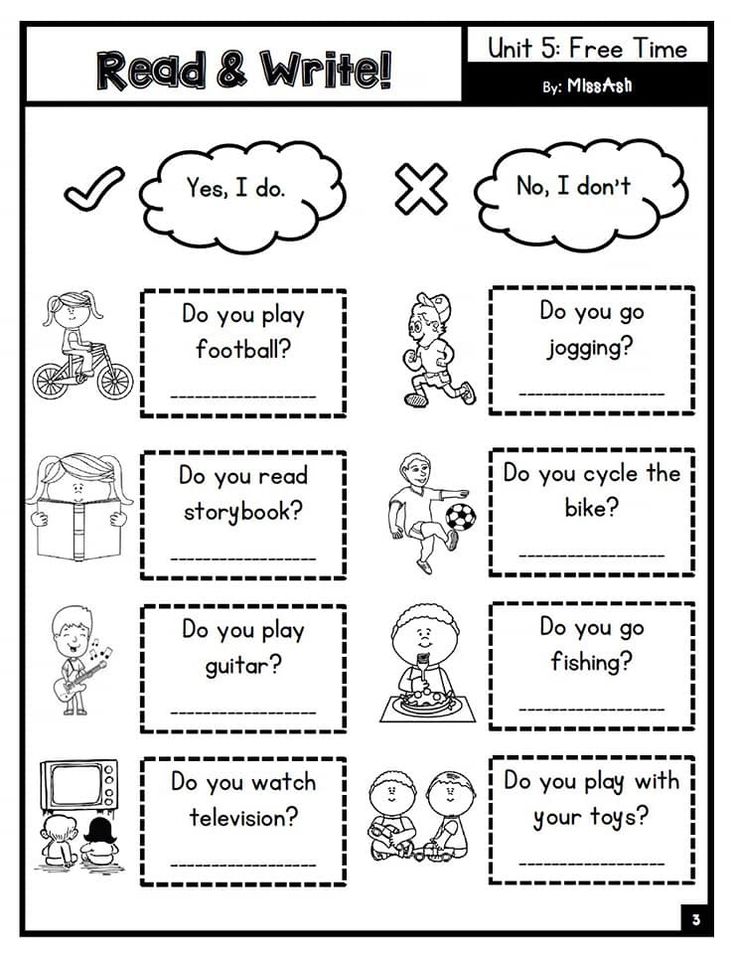
If you divide the dial into four quarters, when the minute hand is pointing at the 12, it is a new hour. When it points at the 3, we are a quarter past the hour.
When the minute hand points at the 6, it is two-quarters past, but we say half past the hour because this minute hand is halfway around the dial. This is equal to one-half hour of elapsed time.
When it is pointing to the first little marker between the 1 and the 2, it indicates that it is 6 minutes past the current hour.
The second hand works the same way. It just indicates seconds instead of minutes, and when it has made one full rotation around the clock, it indicates one minute has elapsed.
How to read a watch without numbers
Some very fancy watches do not use the printed numbers. You are expected to know what the bolder marks mean. Telling time on watches without numbers works the same way as a clock with numbers.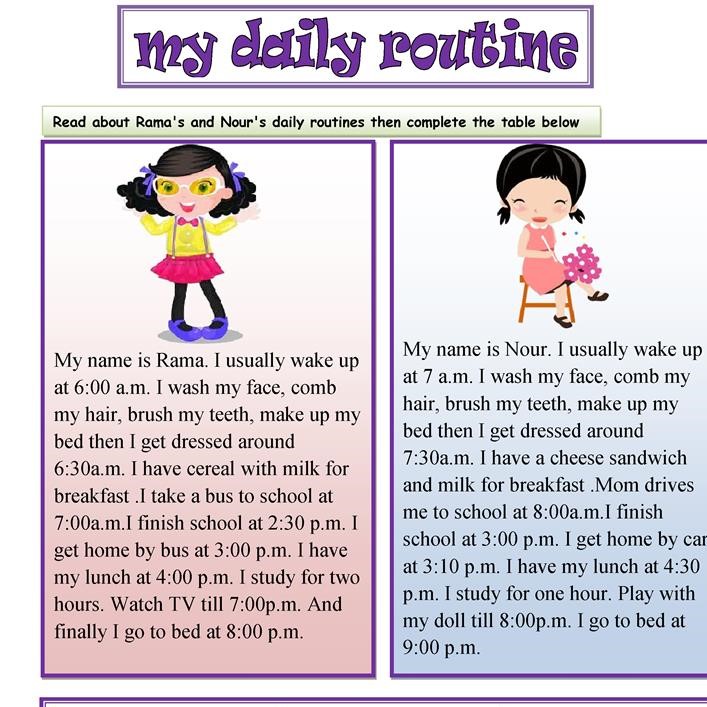 Just pretend the numbers are there and decide where the hands are pointing.
Just pretend the numbers are there and decide where the hands are pointing.
At first, memorizing the positions and numbers may seem hard, but you can learn how to tell time without needing the numbers if you practice.
Practice telling time
In our example below, the hour hand has gone past the 88 but is not yet on the 99. What hour is it according to this clock?
Tell time on an analog clock exampleWe know we are in the 8 o’clock hour.
After determining the hour, we need to know the minutes after the start of that hour. We look at the longest hand (the big hand), which will move much faster than the hour hand. We use our mental math to multiply those printed numbers times 5, or we count the small marks between the numbers.
In our example clock, the minute hand is two marks past the 4. What Is 4 × 5? The answer is 20.
Add 2 for the two marks, and we have 22 minutes after the hour.
The hour was 8 o’clock, so we are at 8:22.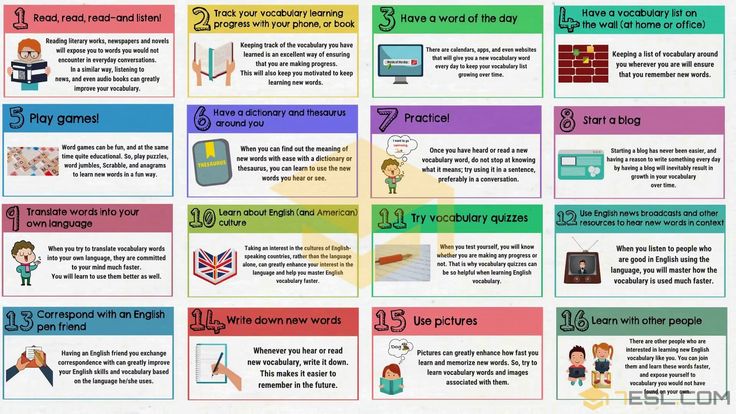 Remember, we have no way of knowing if the clock is showing morning or evening time.
Remember, we have no way of knowing if the clock is showing morning or evening time.
Last are the seconds. Reading the seconds on an analog clock is tricky because the second hand moves very fast. In our example, the second hand is sweeping just past the 1. We know that 1 × 5 = 5.
The clock is showing 5 seconds past the minute, so our clock time is 8:22 and 5 seconds.
This can be written as 08:22:05.
Best reading time calculators 2023: service overview
What are the best reading time calculators and how to use them? We at the Contentim studio regularly write texts for presentations at presentations, conferences, seminars and other public events. We prepare materials for blogs and estimate how much time readers will spend reading.
Alexandra Shestopalova
In copywriting since 2013, higher education in art history (theater critic) and postgraduate studies (GITIS). He is fluent in English, Russian, knows Czech and French well.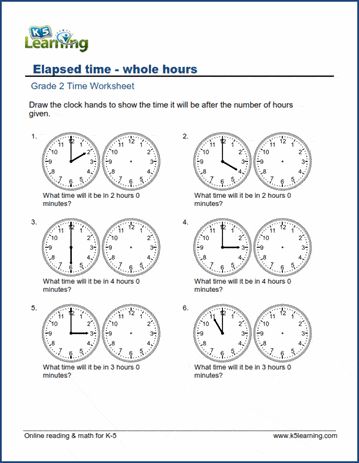 In the Contenteam agency, she leads projects and edits texts on marketing, advertising, investments, financial technologies, IT. Editor-in-chief for materials in English, leading marketer.
In the Contenteam agency, she leads projects and edits texts on marketing, advertising, investments, financial technologies, IT. Editor-in-chief for materials in English, leading marketer.
Have you ever needed to write a speech for “exactly 25 minutes” and not a second longer? How about time to read a blog post?
If yes, then you should be aware of a problem that an inexperienced speaker usually doesn't think about until the day before the presentation: time is limited. How to fit into it? A word-to-minute converter comes to the rescue. Converting words to minutes, while not 100 percent accurate, gives writers a yardstick against which they can measure the length of their speech.
The same is true for blogging. Many resources have a plate showing the approximate time required to read the text. Thus, you will not only know how many words are in a 5-minute speech, but also how long it will take to read a material containing, for example, 2000 words.
Advantages of the word calculator:
- You will know how many words your speech consists of.
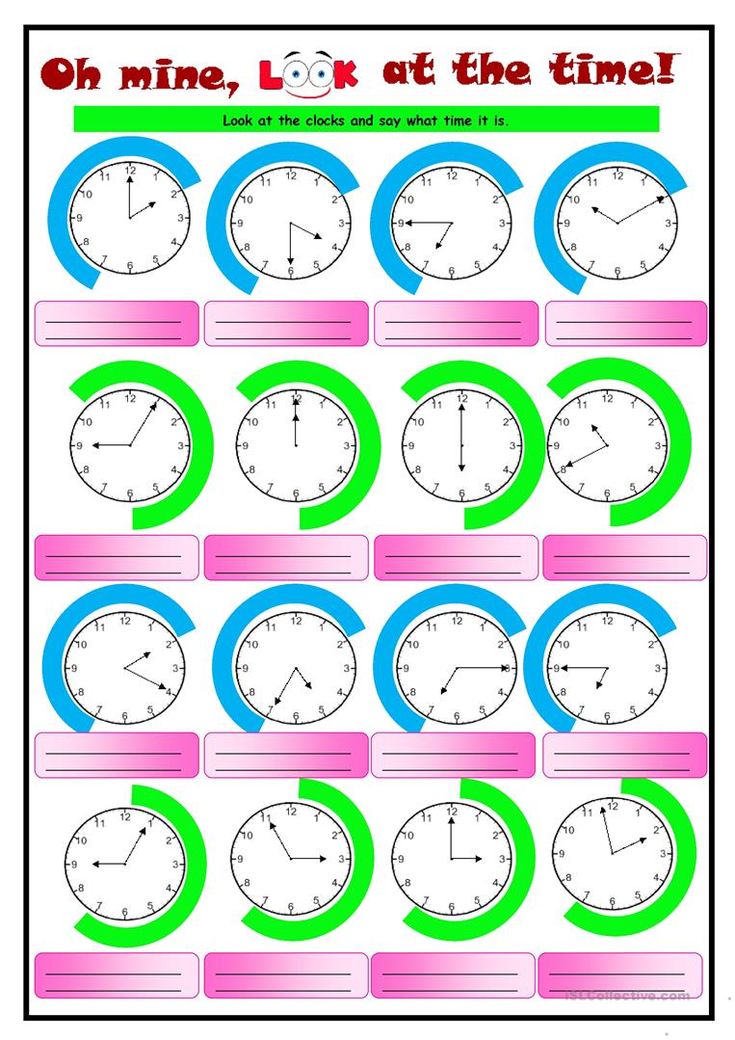
- Reading time calculators are free, the main thing is to have an internet connection.
- Converter is very convenient and simple. The user interface is friendly and easy to use even for the first time.
- Speech to Minute Converter is quite fast and efficient: you get an answer within a few seconds after typing.
- The ability to quickly change your 7-minute speech to a 3-minute one if the need arises.
- Ability to save time by not manually checking speech length.
We at the Contentim studio regularly write texts for presentations at presentations, conferences, seminars and other public events. We prepare materials for blogs and estimate how much time readers will spend getting acquainted with the article. In this article, we will tell you what reading calculators exist and how to use them.
Contents
How Words to Minutes Calculator Works
With this tool, you can instantly convert words to minutes and find out how long it takes to read a text.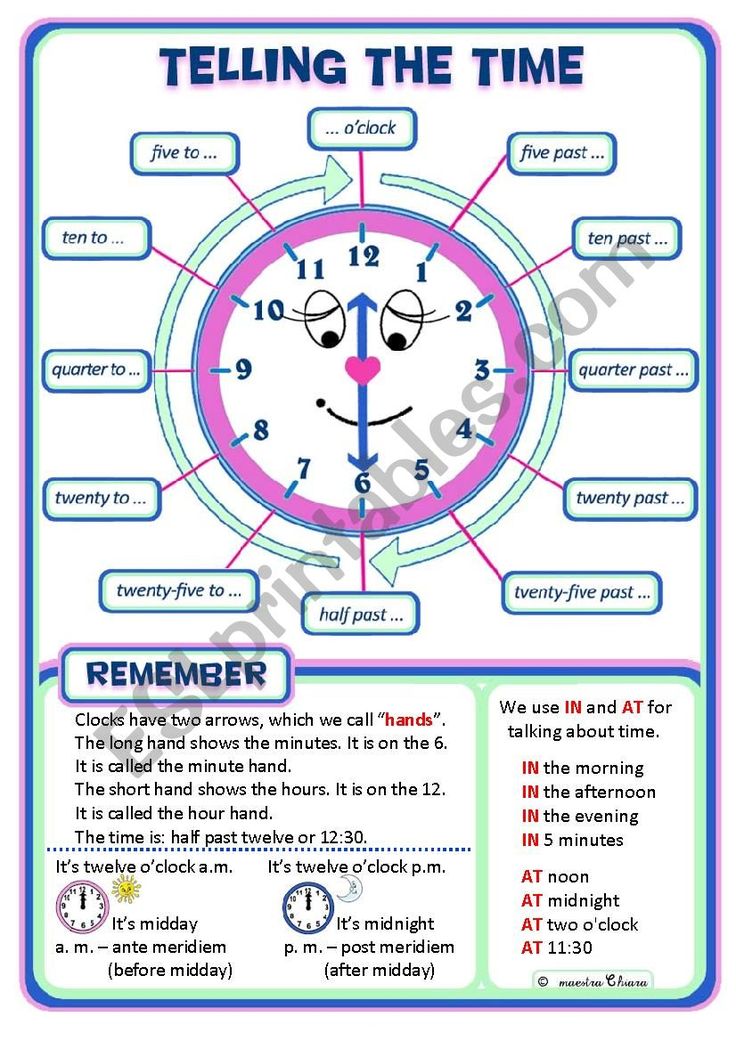
Nuance! The calculator shows only the approximate time of pronouncing or reading the text, it may vary depending on the individual speed of perception of the material.
The word calculator is quite easy to use:
- Enter the number of words in the text field.
- If you want to evaluate reading aloud, adjust the speech speed.
- The result will show how long it takes to give a presentation or read an article.
In addition, the words per minute calculator can determine how many words are needed to fill a certain amount of time. Some converters calculate the phrases and then trim the text to match the time frame.
What are the best free and without registration reading calculators now
| Service | Interesting additional functions | Our rating is |
| SpeechMinutes | Speech rate control | 5 |
| Copywritely | Counting words in text, regulation of speech speed, detection of errors in text | 5 |
| WordsToTime | Text word count, reading speed regulation | 5 |
| 5Star Essays | Text word count, speech rate regulation, ability to listen to the text (online speaker available), you can set the number of words for timing and vice versa | 4 |
| EduBirdie | Counting words in the text, regulation of the speech speed, the ability to listen to the text (there is an online speaker), you can set the number of words for calculating the time and vice versa, additional services for editing the text | 4 |
| SFMedia | Counting words in a text, regulation of speech speed, setting normal pauses between words and sentences | 4 |
SpeechMinutes
Free and simple speech calculator, no registration required to use.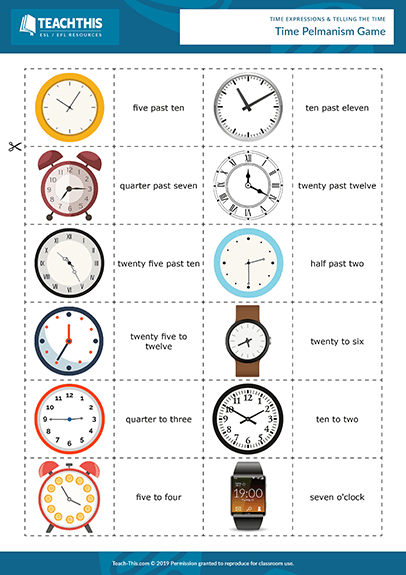 We enter the number of words in your text, the reading speed from slow (100 words per minute) to fast (160 words per minute) and get the result in minutes.
We enter the number of words in your text, the reading speed from slow (100 words per minute) to fast (160 words per minute) and get the result in minutes.
Overall service rating
Ease of use
Functionality
Copywritely
Paste in the text to find out the word count, and by selecting the speaking rate, you'll get an estimated speaking time. In addition, it offers a built-in dictionary (grammar check), counting the number of words in pages and other text editing applications. The site is available in English, Russian, French, German, Spanish, Portuguese and Dutch.
General service rating
Ease of use
Functionality
Wordstotime
9000 9000 text and get the result. Site functions are available without registration.
Overall service rating
Ease of use
Functionality
5StarEssays
This calculator, in addition to counting words in the text, allows you to choose the right number of words for your speech speed.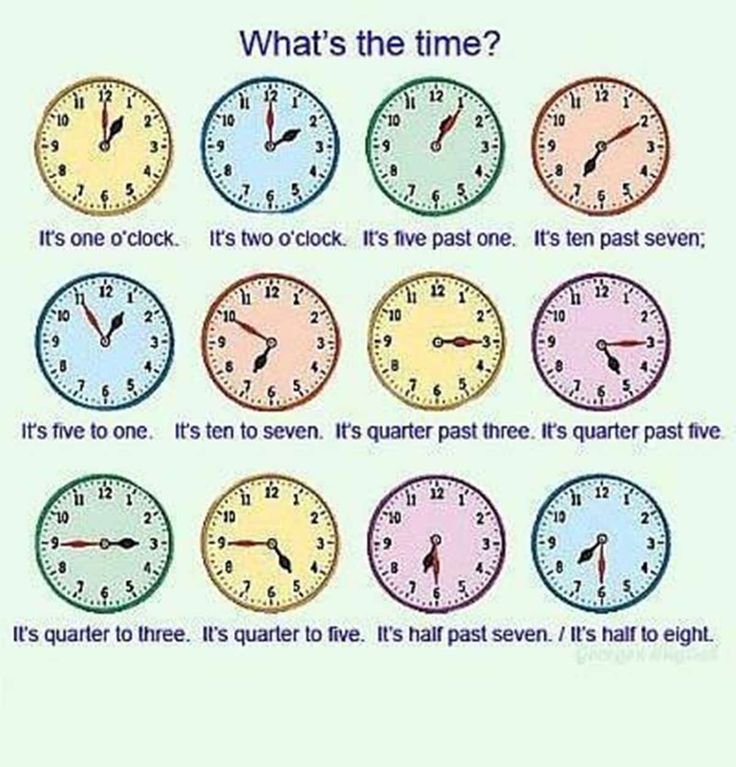 Let's say you need to speak with a time limit of 5 minutes. Using this calculator, it is quite easy to calculate the correct amount of speech.
Let's say you need to speak with a time limit of 5 minutes. Using this calculator, it is quite easy to calculate the correct amount of speech.
Overall Service Rating
Ease of Use
Functionality
EduBurdie
The calculator from EduBirdie will measure the number of words in a text, calculate the reading time at a given speed, and also calculate how many words can be read in a certain time. An interesting feature of this calculator is the ability to run your text through an online speaker to roughly imagine how your text will sound.
Overall Service Rating
Ease of Use
Functionality
SFMedia
This is a simple and convenient calculator for calculating the time of reading a text. To calculate the length of a speech or article, all you have to do is type or paste the text and click Calculate.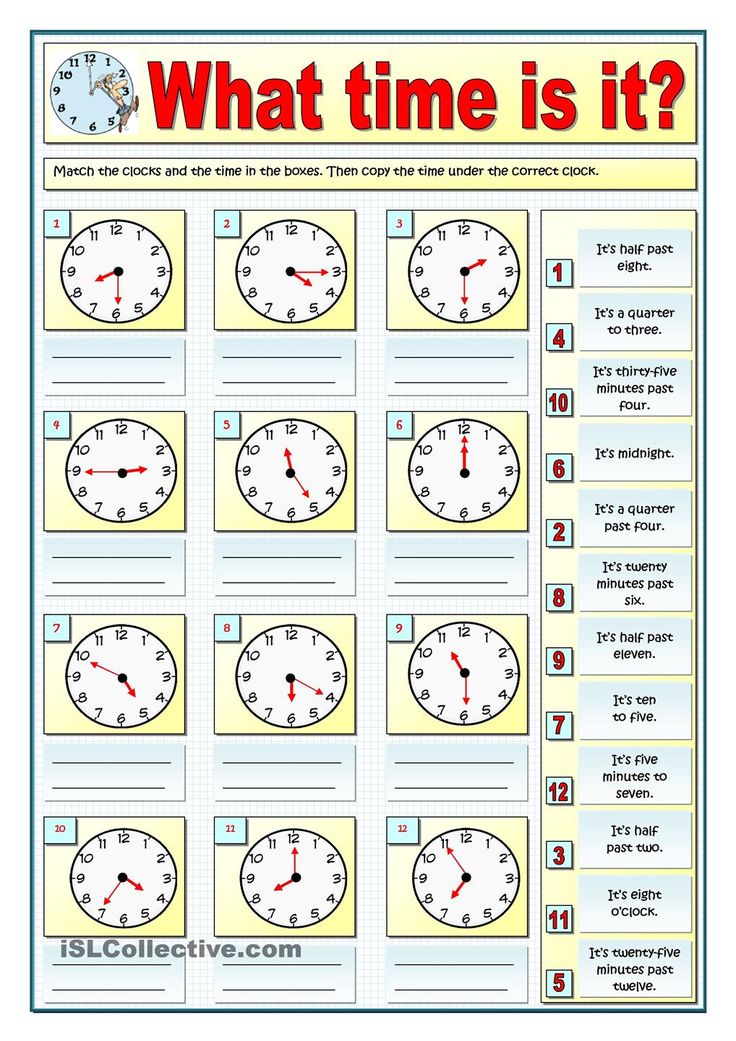 There is a function of setting normal pauses between words and sentences for a more accurate calculation of the time required to read the text.
There is a function of setting normal pauses between words and sentences for a more accurate calculation of the time required to read the text.
Overall service rating
Ease of use
Functionality
Manual counting
Want to know how fast you read compared to others? Fast reading with a high level of reading comprehension is a useful skill that will make work, study, and reading fun more efficient. Reading rates for fiction and non-fiction will be different: people read fiction faster because they are usually more interesting.
How do I do a manual count? First you need to determine the number of words in the selected passage that you are reading.
Most text editors can name the number of words in a text. But if the passage you are using is not digitally available, you can count the words, or you can estimate the number of words by counting the words in a line and multiplying them by the number of lines in the passage.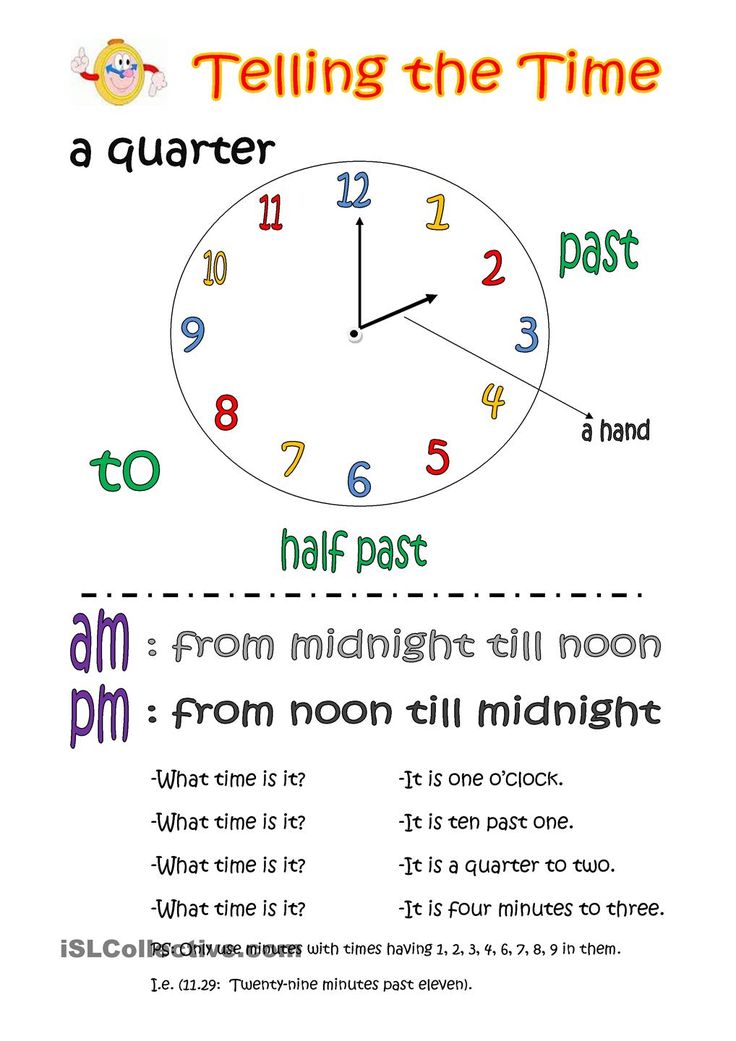
Then, after setting the timer, start reading at normal speed and understanding of the content.
When you finish reading, divide the number of words in the selected text by the number of minutes it took to read it. This result shows the number of words you will read per minute. For example, if you read 1000 words in five minutes, you get 200 words per minute using the 1000/5 calculation.
In the same way, you can calculate the speed of your speech. To get this value, you will need to write down how you speak for several minutes, and then divide the total number of words by the number of minutes.
These are the most common ways to calculate reading and speaking time. Do you want more reviews on useful services from the Content team? Write in the comments!
More interesting materials in our telegram channel “Your Personal Native”!
how to calculate text duration in minutes, seconds, hours
Text duration
text processing
How to calculate the time of reading a text? The article will help to correlate the number of words and the duration of the sound of the text.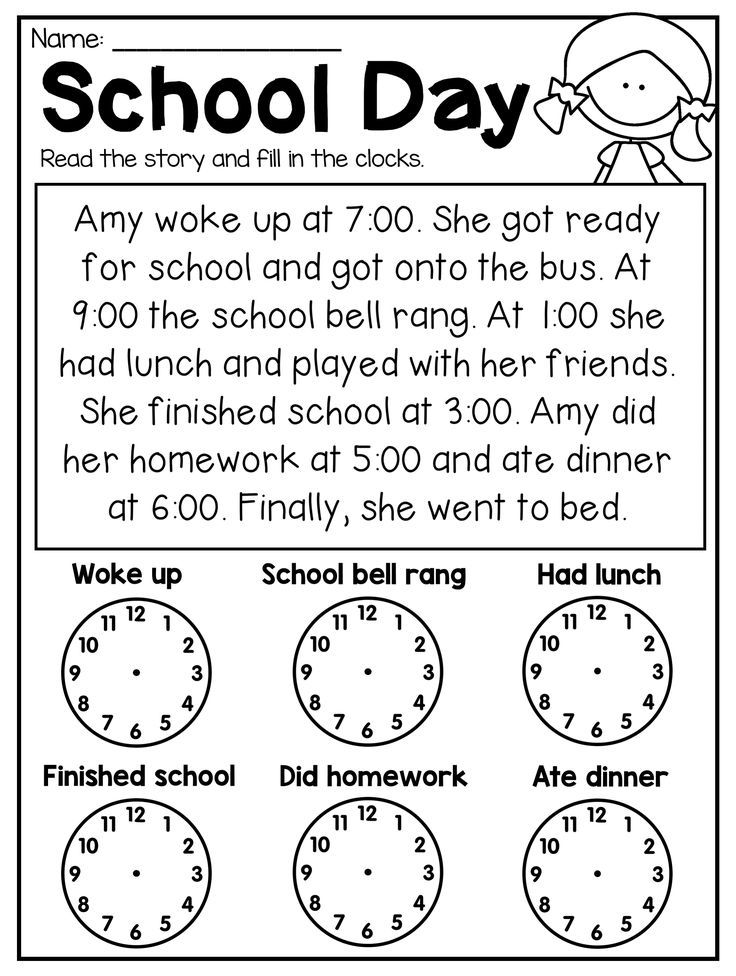
Table of contents:
1. Timing of the text, if not the speaker is reading
2. Program "Chronomer": disadvantages of the algorithm
3. How many seconds are there in the text?
4. Calculating the reading time of a text
5. What is the average speech rate of people?
6. How to count the number of words in a text
7. Text timing and narration
8. Text timing and word count
9. Rate of speech in popular TED Talks
10. Frequently asked questions about text timing
Text timing is the measurement of the duration of written text in seconds and minutes.
Timing of the text if
is not a speaker reading
One of the problems I encounter is that when the client reads the text himself, in his performance the text enters the desired timing, but when the speaker reads, the timing is always longer. Why is this happening?
The fact is that when the client reads the text, he can swallow the endings, crumple vowels. The announcer must pronounce everything clearly. That is why there are difficulties with timing.
The announcer must pronounce everything clearly. That is why there are difficulties with timing.
"Chronomer" - a program for determining the timing of advertising text:
minuses of the algorithm
Services for counting words and seconds in the text are now popular. But such programs have one drawback: the calculation is based on the number of words in isolation from the announcer's presentation, mood.
For example, you have a light and relaxed video, but the chronometer will calculate the average pace of the recitation for you. Or vice versa: the video is very fast and dynamic, and the chronometer will say that you have too many words.
How many seconds are there in the text?
Clients often ask questions: “How many seconds are there in my text?” or “We wrote the text, but we don’t know if we met the timing. How to be?
I have been working in the voice acting industry for a long time and have come to the following conclusion: the speed limit for narration reading is 1 second = 2 words.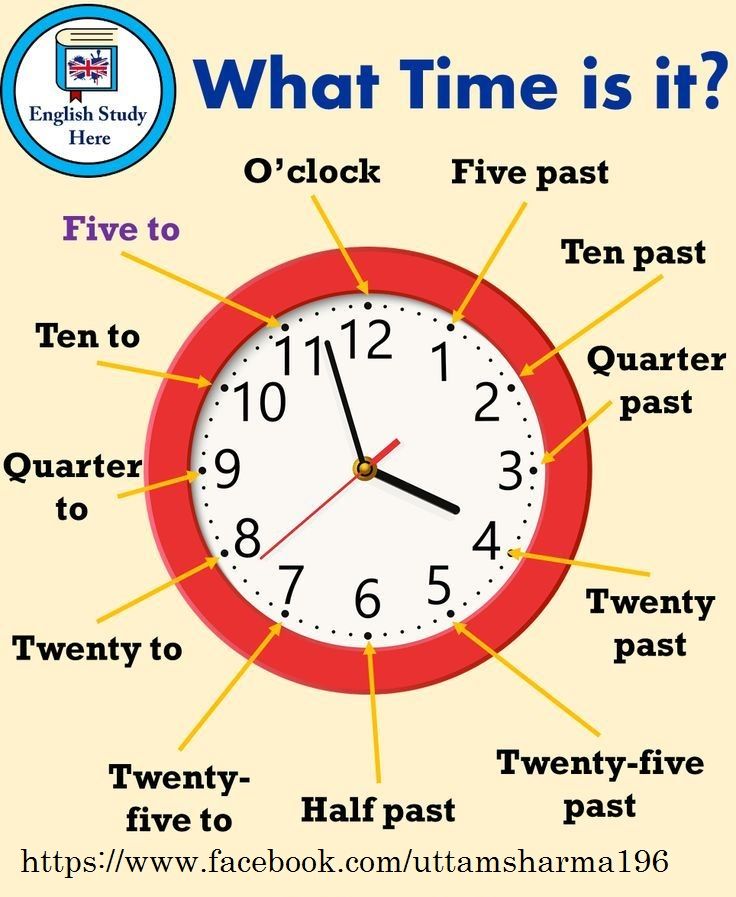 Of course, the announcer can read faster, but then the commercial runs the risk of turning into an indigestible tongue twister.
Of course, the announcer can read faster, but then the commercial runs the risk of turning into an indigestible tongue twister.
Estimated reading time of text
Traditionally, speech rate is measured in words per minute. If you want to know it, record on a tape recorder how you speak for several minutes, and then count the number of words spoken. Then divide the total amount of words spoken by the total number of minutes.
Speech rate = number of words / number of minutes
You can record speech on a smartphone or camcorder. Count words - in three ways:
1) listen to the recording and count by ear;
2) upload the audio to a speech-to-text software such as Google Keep;
3) or use my program to determine the timing of the text.
You then need to convert the audio recording time to minutes. For example, if you spoke for 4 minutes and 30 seconds, you would divide your word length by 4.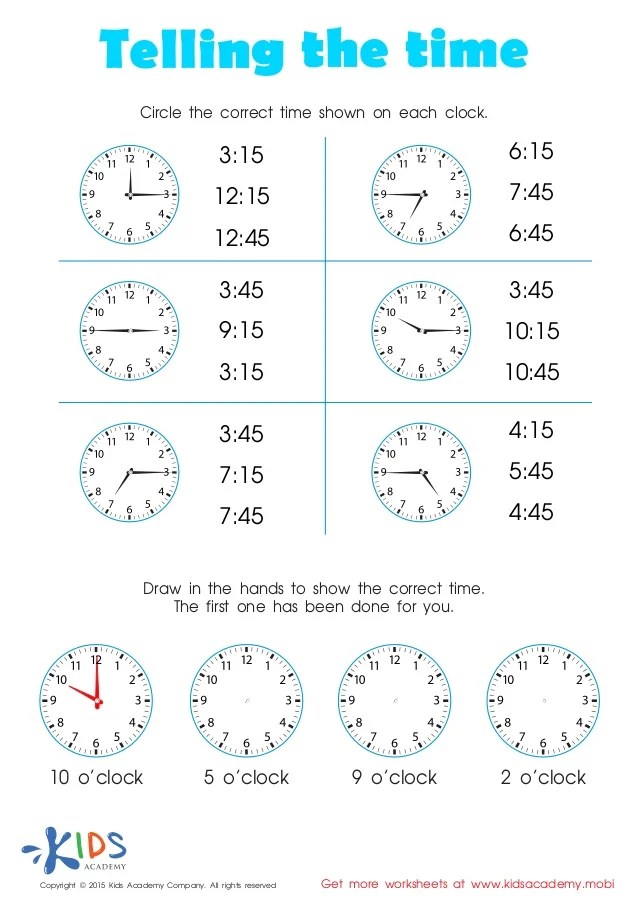 5, since 30 seconds is half a minute.
5, since 30 seconds is half a minute.
What is the average speech rate of people?
The speed of speech depends on the purpose of the utterance. The average rate of speech in Russian is 120–130 words per minute. It can be much higher for radio announcers or podcast hosts.
Here are examples of how the pace of speech might be in different situations:
Presentation: 100–110 words per minute;
Conversation: 110-120 wpm;
Audiobooks: 120 wpm;
Radio and podcasts: 130-150 wpm;
commentators: 150–170 words per minute.
How to count the number of words in a text
Word
Go to the Tools tab, then click Statistics.
Google docs
Click the Tools tab, then click Statistics.
Chrome extension
The Word Counter Plus extension helps you count words right in your browser.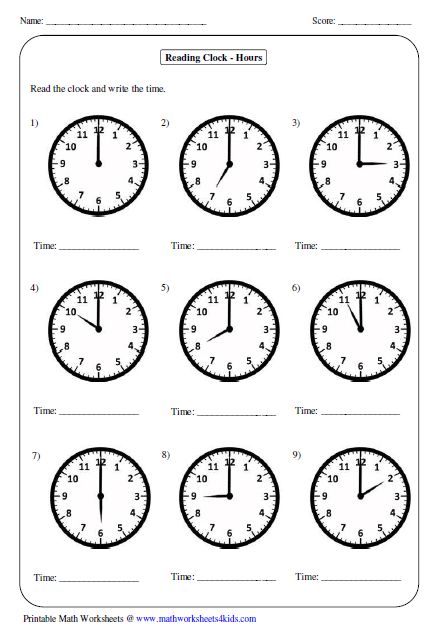
The very first line shows the number of words - Word count
Chronometer
A special program that translates words into seconds and minutes helps to determine the timing of the text.
For the program to work correctly, delete all comments and paste the text.
Text timing and narration delivery
In this table, I have listed the values for most narration pitches and moods. Choose the style you need, timing, and you will find the right number of words.
If you want an average reading speed, you can use these values:
10 sec = 20-25 words
15 sec = 30-35 words
20 sec = 40-45 words
30 sec = 60-65 words
45 sec = 80-84 words
60 sec = 110-120 words
Timing of the text and the number of words
In the table I collected three types of reading speed.
The rate of speech in popular issues
TED Talks
Let's compare how different the rate of speech can vary by the example of different presentations.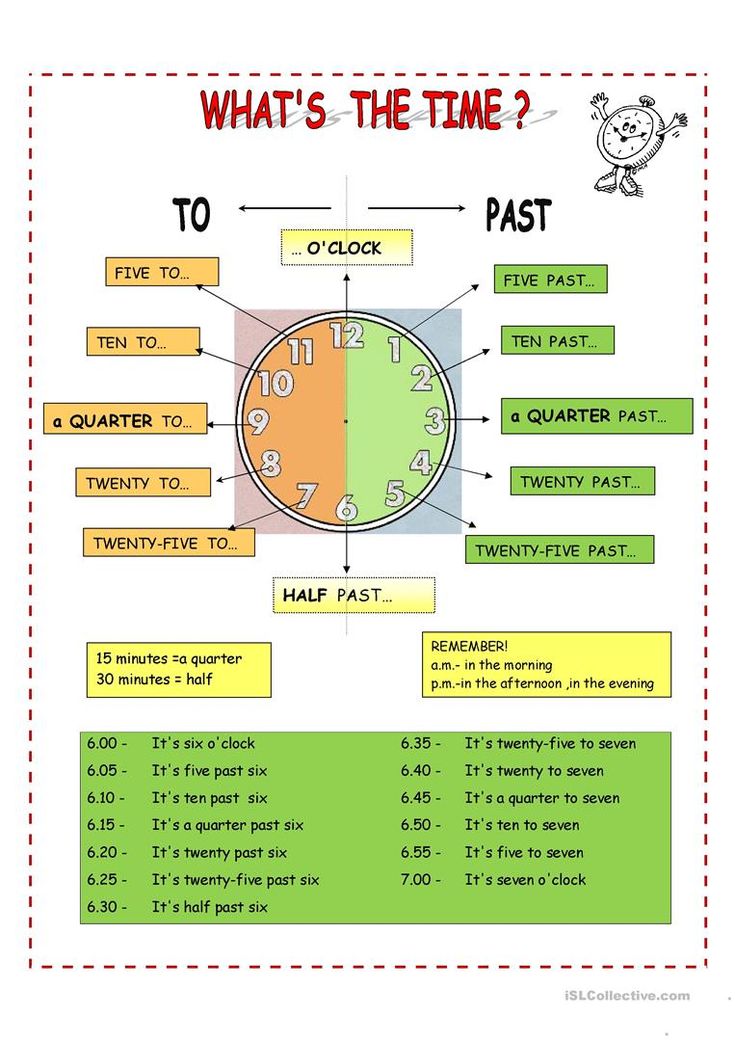 Take a few popular TED Talks.
Take a few popular TED Talks.
I analyzed 5 speeches, from short to long (22 minutes). The timing of the video also includes moments when the audience applauded and the presenter flipped through the slides.
For greater objectivity of the results, I selected speeches on a wide range of topics.
The average speech rate for all videos is 130 words per minute.
The pace of speech of the presenters varies from 120 to 160 words per minute.
How much text in 1 minute of TED Talks
• Hidden Treasure (Vera Polozkova) — 120 words per minute;
• "Emotions: suppress, control or relax?" (Irina Khakamada) - 130 words per minute;
• Minimalism as a lifestyle (Tatyana Apretova) — 140 words per minute;
• Life for the rest of my life (Nyuta Federmesser) — 150 words per minute;
• Household Thinking Model (Kesha Skirnevsky) — 160 words per minute.
The complexity of the topic affects the speed of speech: if the speaker is talking about a difficult topic, then most likely he will slow down to give listeners time to think about what they heard.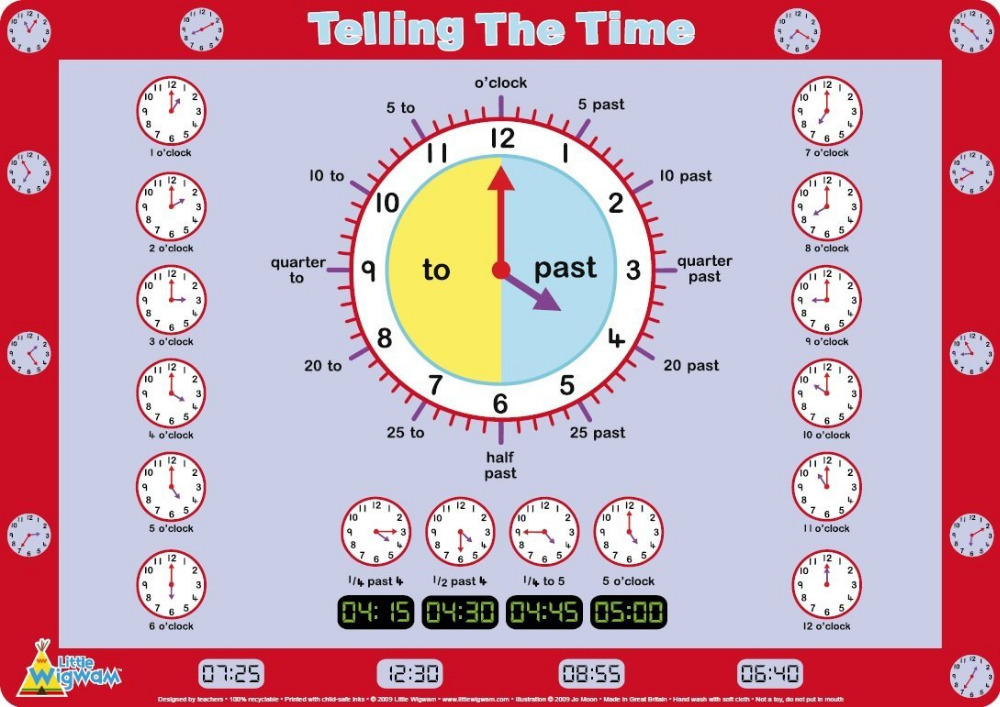
FAQ
about text timing
Such calculators exist, for example, our program "Chronomer". But any algorithm has an error, because the program shows the average value, not taking into account the individual characteristics of speech (tempo, etc.).
In Russian - 120-130 words. It may be different in other languages.
For example, in English - about 150. This is due to the fact that in English the words are shorter, so you can have time to pronounce more of them.
300 words = ~1 page.
So, in 1 minute, on average, 120-125 words. To find out the speed of your speech, record your speech on a voice recorder and count how many words you managed to read during this time.
With an average speed of 7 minutes - 880 words, this is about 2.5 pages of text.
1 page - 1800 characters without spaces, 2.5 minutes of sound or 300 words.
With an average speaking speed, a report for 10 minutes is 3-4 pages of text, 15 minutes - 5-6 pages.